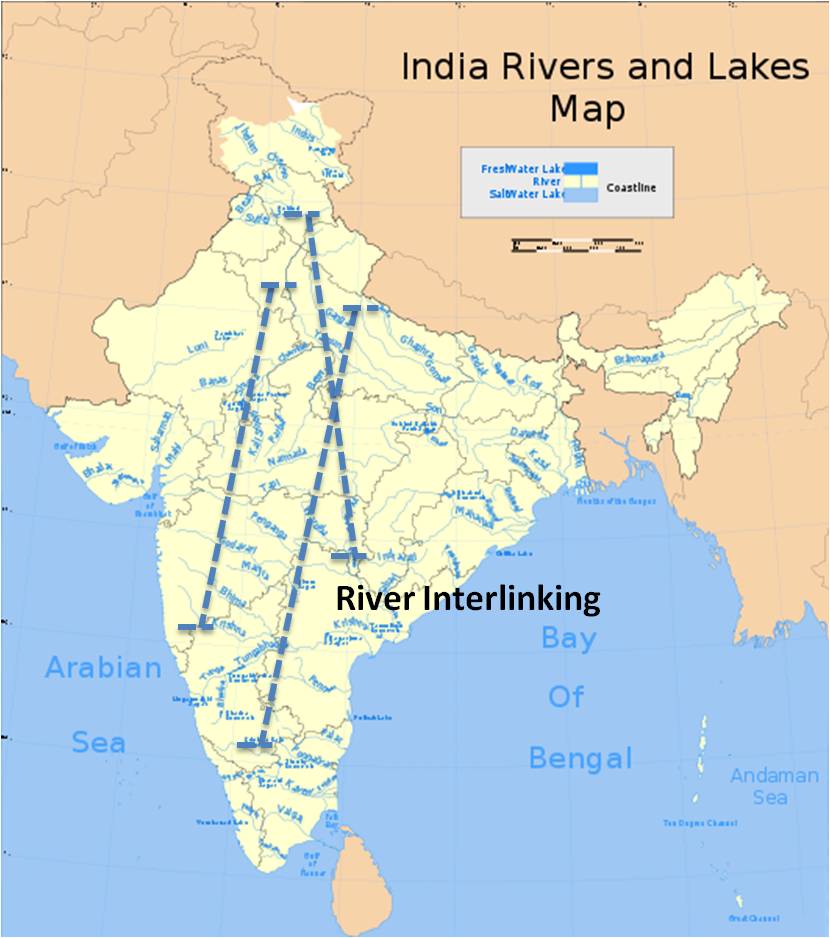Endosulfan- To ban or not to ban
Lately, all political parties seemed to have joined the bandwagon and everybody wants Endosulfan to be banned. Let us see whether it truly deserves to be banned. (Read more about the ban on endosulfan in India)
Endosulfan is an off patent insecticide that is widely used by farmers in India. It is one of the most toxic pesticides available in the market today and is a known endocrine disruptor and xenoestrogen, but whether it causes cancer is still debated.
Overview
Presently four main types of chemical use in crop protection
- Insecticides
- Weedicides/Herbicides
- Fungicides
- Plant Growth Regulators
These crop protection chemicals (Agro-chemicals) are a keen need of the farmers. Farmers invest their considerable time and money in pre-crop and post crop activities like tillage, irrigation, fertilizers and farm labours. A crop protection chemical comes in at the last position as the crop needs to be protected from the insects, weeds, fungus etc. Crop protection chemicals protect all the investment made by the farmers while growing the crop and if these chemicals are not used by the farmers, there will definitely be losses. As per some estimates, about 18% (average) of the crop is lost due to the pests.
Endosulfan has been widely used as an insecticide since its introduction in India. It was imported in India until 1980s but started its own production afterwards. Hindustan Insecticides Ltd. and Government of India enterprises are some of the manufacturer of endosulfan in India. It is off patent (and generic) insecticide in India. Its production touches high records within the national boundary. India is the largest producer of endosulfan and subsequently due to the largest area under the agriculture; it is obviously a major consumer of it. It’s easy to use approach makes it a very popular pesticide among the farmers. It is the only insecticide which is soft on pollinators such as honeybees, ladybird beetle and chrysoperla.
Following table explain why endosulfan is important in terms of cost;
Cost Comparison: Endosulfan and its Alternatives
|
Product
|
MRP per Lt or Kg (Rs.) |
Cost per acre (Rs.) |
||
|
Cotton |
Veg |
Paddy |
||
| Endosulfan 35% EC |
286 |
114 |
46 |
69 |
| Flubendiamide 39.35 SC |
13800 |
690 |
Un assessed |
276 |
| Chlorantraniliprole 18.5 SC |
12280 |
737 |
246 |
737 |
| Emamectin Benzoate 5% SG |
8400 |
739 |
672 |
Un assessed |
| Flubendiamide 20% WG |
7434 |
743 |
Un assessed |
372 |
| Thiamethoxam actera |
4010 |
321 |
321 |
160 |
| Indoxacarb 14.5 SC |
3400 |
680 |
544 |
Un assessed |
| Imidacloprid 17.8% SL |
2229 |
111 |
89 |
111 |
Main Source: Punjab Agricultural University, 2007 (Direct source: http://www.whybanendosulfan.org)
As per the information mentioned in table, endosulfan is very cost effective insecticide among its nearest alternatives, so it is very obvious of its wide use in developing countries like India. The state of Andhra Pradesh, Uttar Pradesh, Maharashtra and Punjab are the largest consumers of endosulfan and after its ban in the country, it may result in lowering of productivity of these regions which may further challenge the food security of the nation.
To ban or not to ban
Interestingly, many people argue that Endosulfan must be banned because many other developed countries have banned it. This cannot seem a viable reason. Its high time India realizes that if it needs to ban a product, it must be based on its own indigenous studies and not on the basis of borrowed research from abroad. In any case, the Endosulfan market in some countries like the USA is not as big as compared to India. Whether Indian farmers can benefit from and afford costlier alternatives is another question that needs to be addressed.
The major incidents are reported from Kerala particularly in Kasargod. Endosulfan use is not limited to Kerala and it is definitely strange that incidents are reported in large numbers from a particular area and not elsewhere. If it is toxic, similar incidents in same numbers should be reported from each and every region. People point out that the way it was sprayed in Kerala may also be responsible such as the aerial spraying by state owned Plantation Corporation of Kerala in Kasargod district.
Banning without conducting extensive studies will not be a viable option because unless a farmer is convinced that Endosulfan is harmful for his health, he will continue using it. Take the case of Kerala, it is banned in the state but farmers continue to use it as it is a cheap, effective and easily available insecticide.
The situation calls for adequate research to be conducted by a competent expert group. The decision to ban should be taken purely on the basis of a scientific study and not due to political pressure. One cannot deny that vested industrial interests will definitely want that the pesticide should not be banned which makes it pertinent to have scientific research as the claims cannot be challenged then. An alternate insecticide which is as effective and not very costly should also be developed indigenously otherwise farmers will be again at the mercy of large MNC’s and would be forced to buy high rate insecticides or be forced to use Endosulfan illegally.
There are states which use larger amounts of Endosulfan than Kerala but have not reported as many incidents. Workers working in factories that manufacture Endosulfan should also exhibit similar symptoms; maybe a study can also be initiated into this aspect to ascertain the number of incidents and health hazards experienced by workers in Endosulfan manufacturing companies.
I feel a farmer is intelligent enough to decide whether to use Endosulfan or not. Why take the choice away from him. If a blanket ban is indeed called for, it should be based on indigenous, in -depth research and not under political pressure or simply because other countries have decided to do so.
Contact the author;
Mr. Puskar Pande




